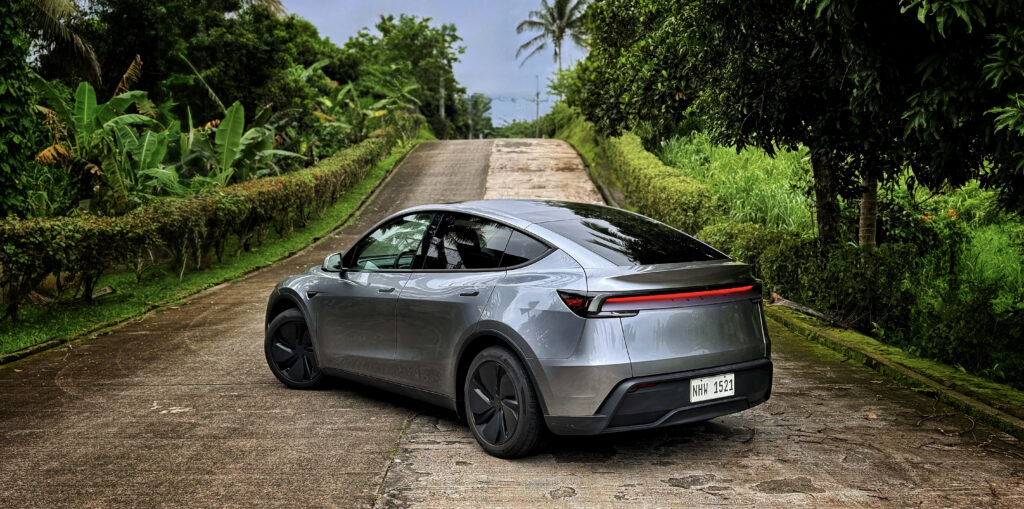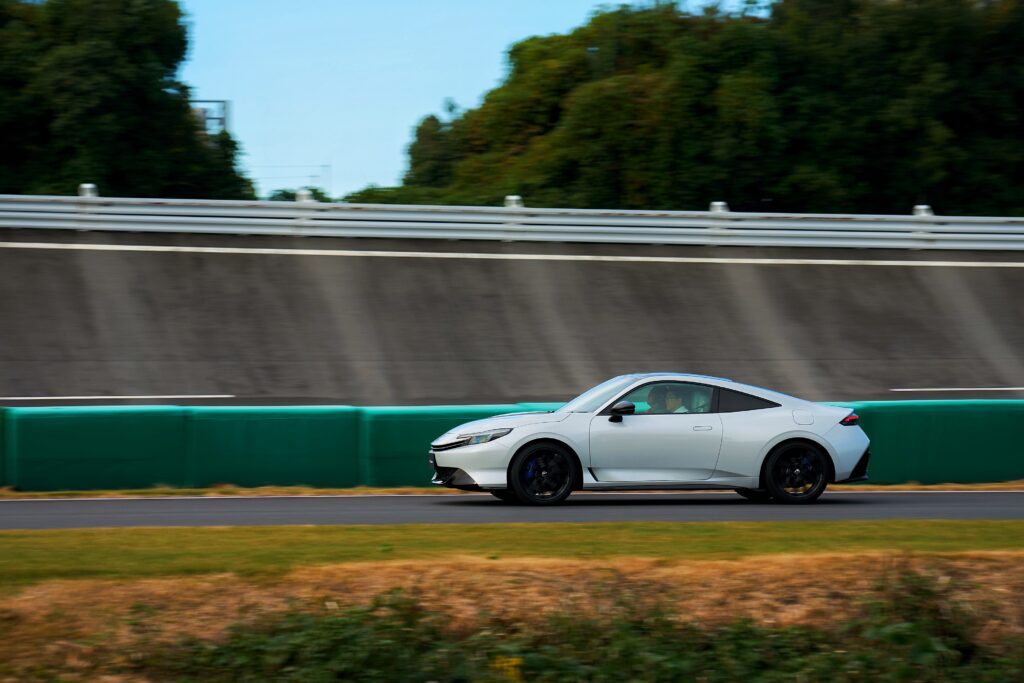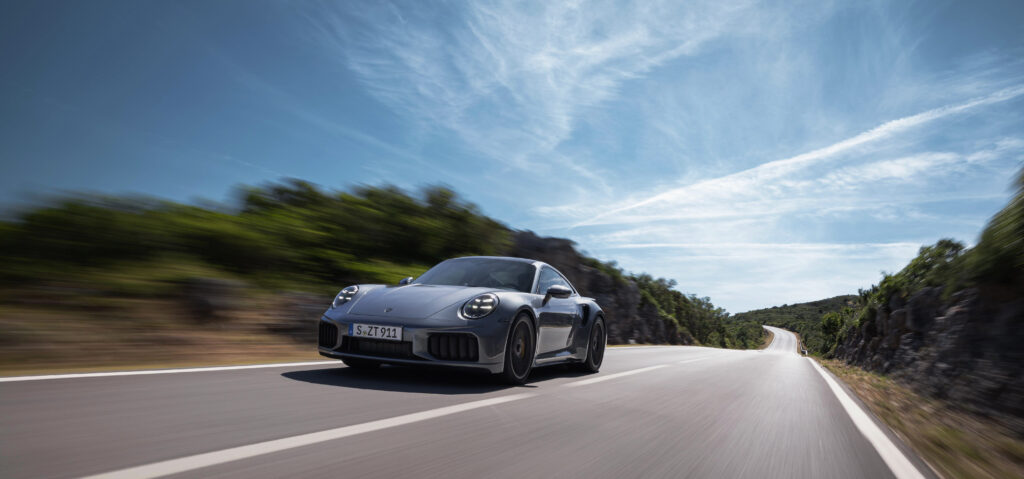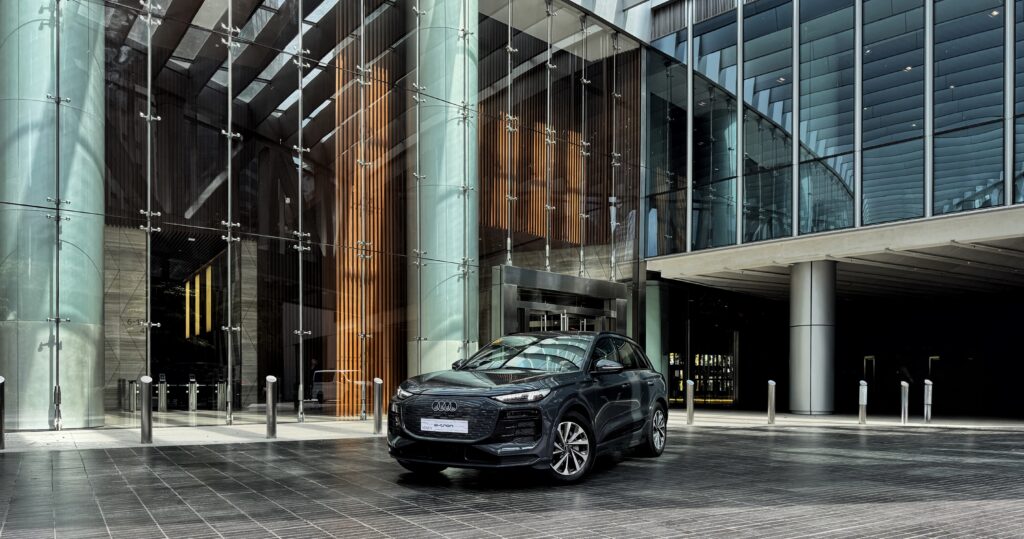The Tesla Model Y was the world’s best-selling car in 2023, with 1.22 million units sold. It has been in the top three since 2022 (771,000 units sold worldwide), and in 2024 was the world’s second best-selling car with 1.09 Million units just behind Toyota’s RAV4. 2025 looks to continue the trend. What has Tesla done that has allowed it to leapfrog the legacy brands?
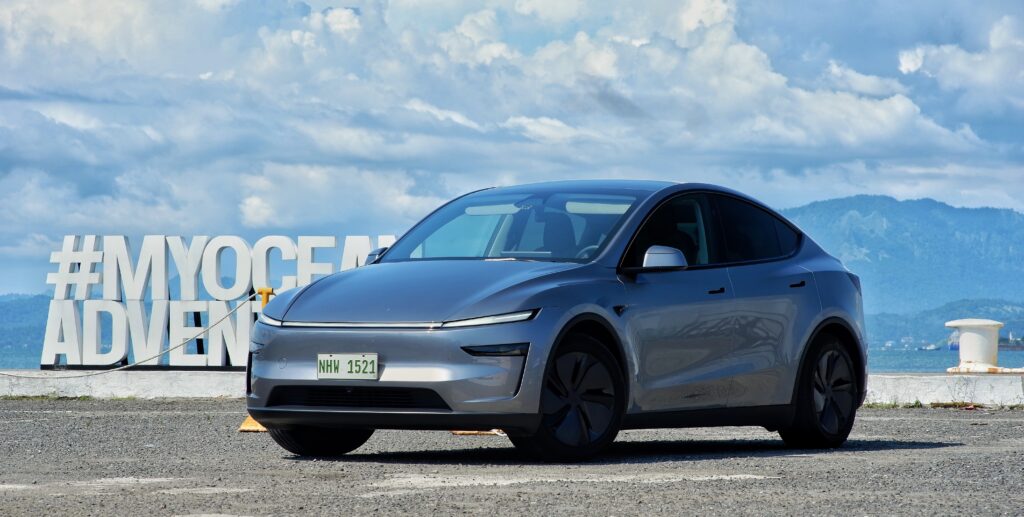
Its creator, Elon Musk, is no stranger to disrupting markets. He once famously said that when something is important enough, you should do it even if the odds are not in your favor. Aside from Tesla, Musk is innovating orbital flight and developing real deep space travel with the SpaceX rockets. It is crazy to think, yet people like Musk, whether one admits it or not, are needed every so often to push the establishment further forward towards improvement, evolution, and ultimately to achieve new heights.

How does all this relate to Teslas?
A few months prior, on a trip to Singapore, I was driving with my friend and our contributor Jay Kew. He casually mentioned that Tesla was offering him a drive. I told him I had never driven one and had seen all the memes and jokes about Teslas.
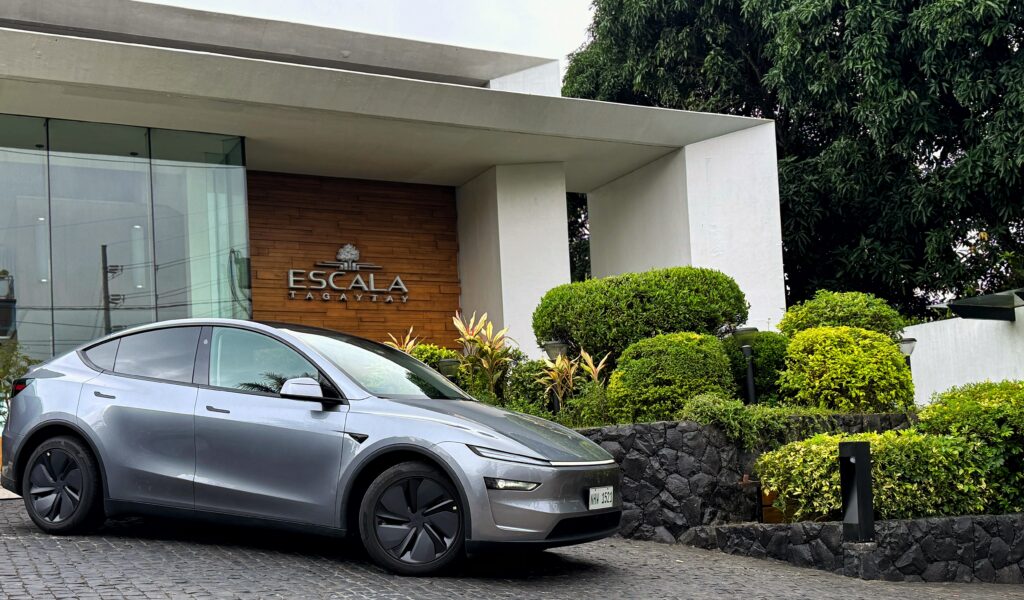
Jay, in his daily grind, drives the best and newest supercars, performance cars, sports cars, exotics, and high-end luxury vehicles all over the world (usually in some exotic destination in Europe with beautiful, traffic-free ribbons of road). Jay is no stranger to the highest echelons of luxury motoring. I had expected Jay to scoff at Teslas, being soulless four-wheeled appliances. But Jay’s simple statement surprised me. “They are very good for what they are designed to do.”
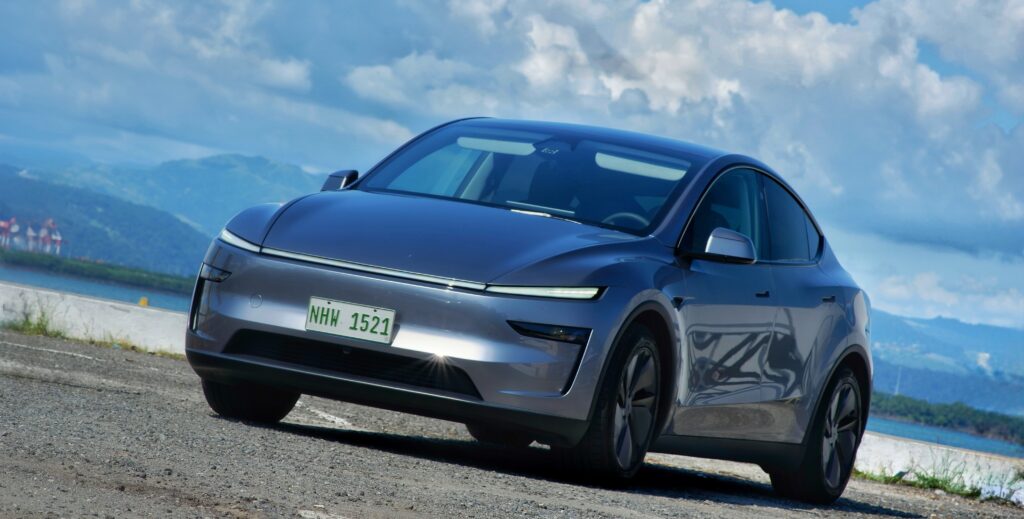
And do pray tell, what is it?
Elon Musk wanted to accelerate widespread adoption of new energy vehicles to the mass market, reducing dependence on dwindling fossil fuels. Elon wanted it to showcase technology; thus autonomous driving was always in the pipeline, and this technology should easily be scalable and implementable elsewhere. In short? Teslas should be fast, efficient, emissions-free and safe means of personal mobility that rely heavily on technology to achieve this.

Fast forward to today and I’m sitting inside one, a Tesla Model Y, figuring things out. The invite to try out the Tesla came a few days earlier. Before actually seeing the car, I had to download the Tesla App on my mobile phone and input the test unit’s data prior to give me access to get in. I was also given a Tesla RFID card to act as a backup key for the car in case I misplace my phone or it dies out. To operate a Tesla is like no other car in the world, and we haven’t even moved. There is no actual physical key. So bring the RFID card with you to open the car and operate it in lieu of your phone. If you prefer using your phone with the Tesla Mobile App but said phone is always dying on you, bring a powerbank. And DON’T lose your phone because you might also lose your Tesla.
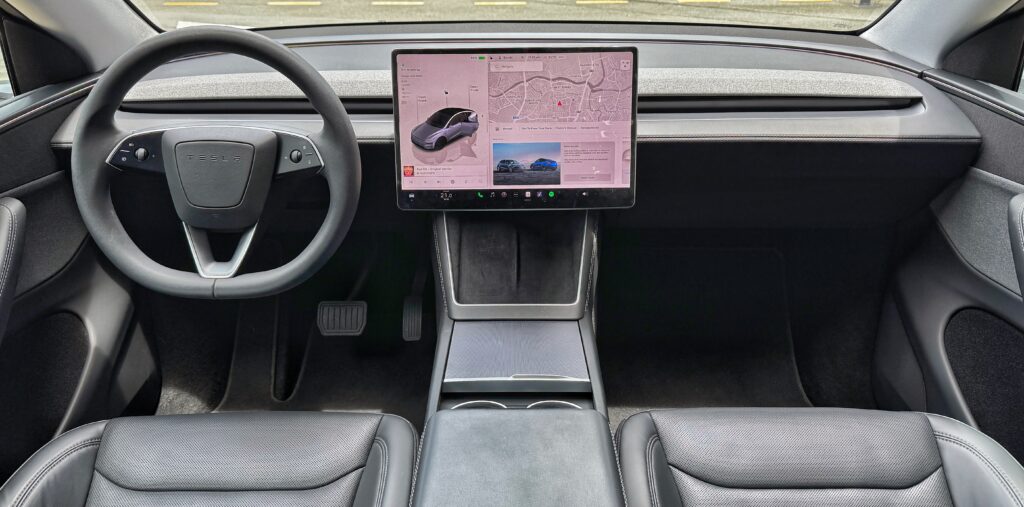
The Tesla Mobile App is very much essential to control the car and utilizing all of its advanced features. From opening the doors to summoning the car to your location to avoiding getting soaked in a downpour, to pre-cooling the interior on a hot summer day, and many more, the Tesla App is a godsend. It makes me wonder why no other car manufacturer, to my knowledge, offer such a feature.

Inside, the interior is clean, simple, even sparse. Everything is in the enormous 15.4-inch LCD touchscreen: vehicle controls, heating/cooling, infotainment, navigation, communication and more. Even the drive selector is there; no physical lever, knob, or buttons, but a screen icon you slide forward and back to indicate which direction you want to go. It feels weird, absolutely zero tactility, but strangely, it works fine, and if you’re constantly on your mobile device (like me, sadly), it quickly becomes second nature.

If a Tesla will be your only car, adapting to the technology and its unique user interface will be easier as opposed to someone like me, who only borrowed this car for a few days, was driving a different test car a day prior, and will be driving a different test car immediately after returning the Tesla.
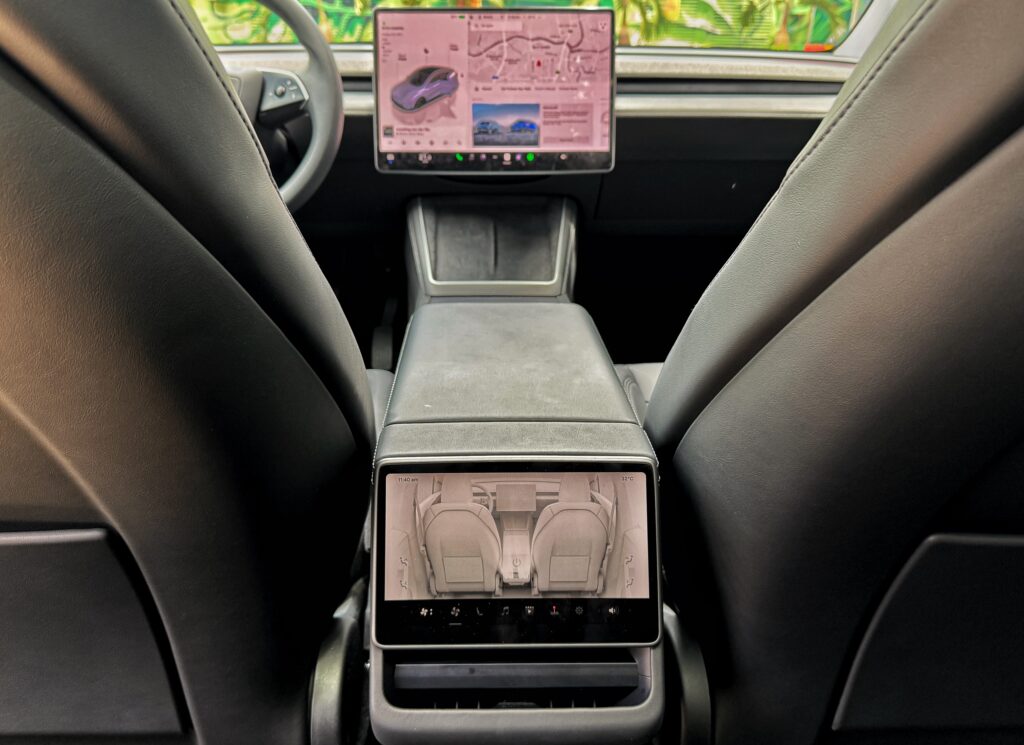
The Model Y we tested was the base rear-drive variant with 296 hp and a 466 km range from its 60 kWh battery. The Model Y gets a 4-year, 80,000-kilometer warranty, but a separate 8-year, 160,000 km warranty for its Lithium Iron Phosphate (LFP) battery. This battery type allows for 100% daily charging, lasts long, and has minimal degradation over time. It goes to 100 km/h from rest in 5.9 seconds, and reaches a top speed of 201 km/h.

The Tesla is most efficient below 80 km/h, where battery charge levels seem to stay the same all day. Should you find yourself stuck in a traffic jam, the Tesla will happily sit in air-conditioned comfort playing your favorite tunes non-stop for close to three days by my estimate.
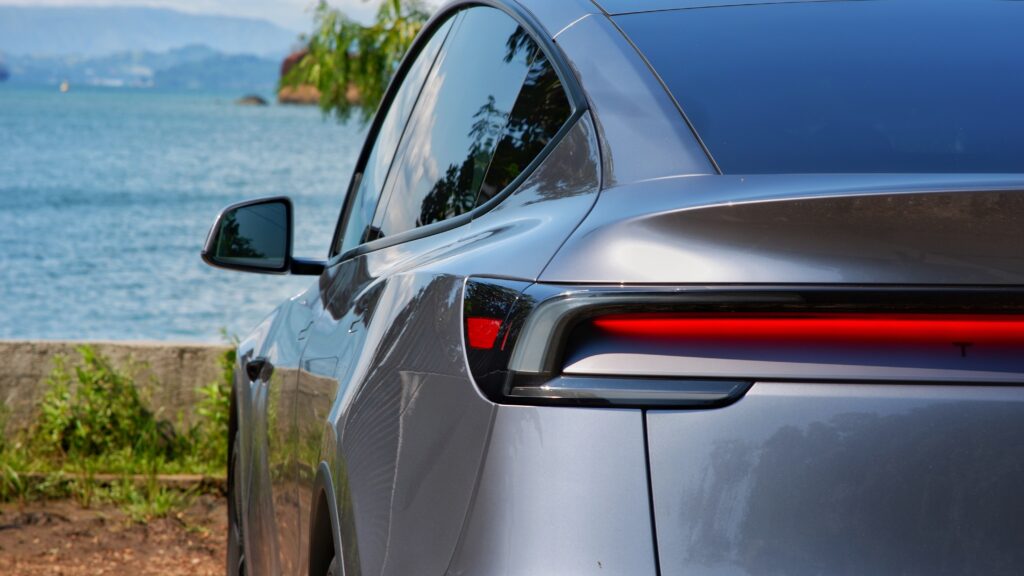
Hence, the pet mode or camping mode is perfect, isolating you inside from the harsh exterior elements anywhere you find yourself. Sadly, it lacks the V2L capability of its top-spec performance variant. That would have increased the Model Y’s versatility further especially in our country prone to calamities and the resulting power outages.

What I found most surprising was how the Model Y drove. It drove brilliantly! I knew it would be very comfortable, refined and drama-free. But not actually (gasp) enjoyable. Elon Musk, being one of the richest men in the world affords him to hire some of the best chassis and suspension engineers in the industry. On my usual drive to Tagaytay for work, the Model Y rode extremely well yet had surprisingly good handling characteristics. It’s no performance car, but compared to similarly priced cross-overs (yes, I was surprised that the Model Y is classified as a cross-over), it drives very good.

The Model Y handles all the road and weather conditions with ease and confidence: from pock-marked city streets to the fast and flowing Skyway and South Expressway, to the winding CALAX, the unpredictable Aguinaldo Highway, and finally the bumpy inner roads around Silang, Amadeo, and Tagaytay. The Model Y had abundant traction, traced the flowing roads with clinical precision, steered with grace and fluidity, and braked with reassuring confidence. Throw in mud and sand from the incessant rains plus thick fog to spice things up. The Model Y was unfazed. The gorgeous 19-inch wheels look a bit shy in the wheel-arches, but Tesla says they give the best range versus the larger 20 and even 21-inch wheels and tires available on other variants.

The downside of driving enthusiastically? The supremely comfortable La-Z-Boy-like seats lack the side bolsters to keep me in place; I was sliding around, gripping the steering wheel at times and propping my knees against the door and center console to keep me in place. It was surprisingly fun, enjoyable, almost like a willing accomplice. Sadly, this hooliganism behind the wheel depletes the Tesla’s modest 60kWh battery fairly quickly.
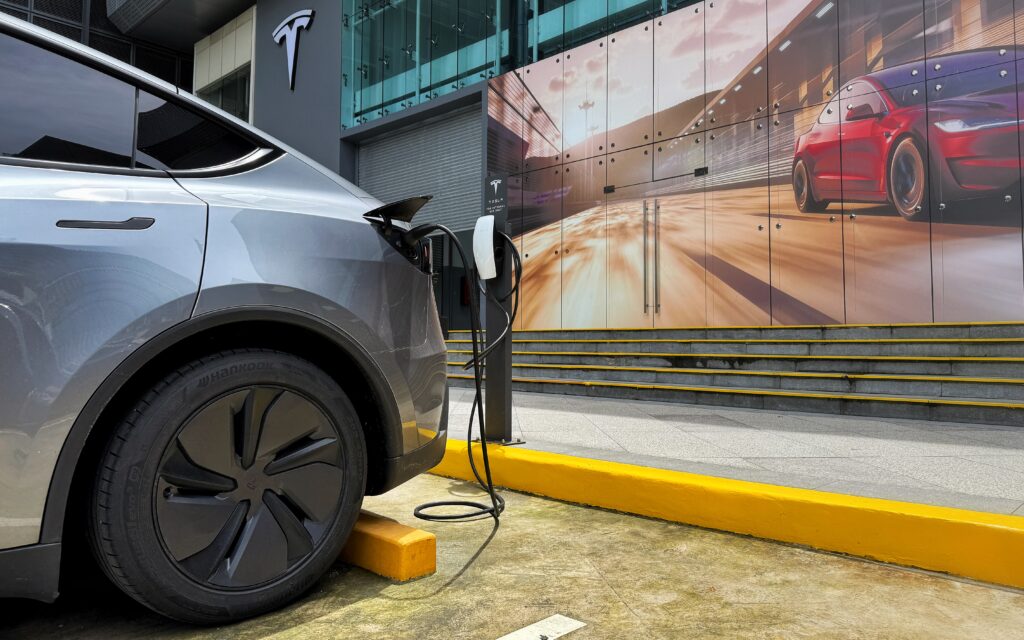
I always say EVs make for great city cars, but the Model Y’s space, pace, and surprising skill set make it a joy on long drives. Aldous had the Model Y the following week and he enjoyed his drive all the way to Zoobic Safari in Subic Bay and back to his place down south. He did have to charge, and that meant some downtime, necesitating merienda for their kids, but with careful planning, you can take an EV on long drives. You just need to stick to a schedule and the charging points along the way, then plan your route as needed.

The Model Y smashes your misconceptions about the brand. Yes, it lacks the aural sensation, the tactility, and feel of a traditional internal combustion engine car from a legacy manufacturer, and at times it does feel like a four-wheeled appliance. But try it at least; keep an open mind and see how this new way can truly be the future of mass-market personal mobility.

When you buy a Tesla, you don’t just buy a car; you are gaining access to their entire ecosystem (power generation, chargers, over-the-air software updates, data and AI, other services), which, in this data-driven world, is what will shape mobility and our very society in the very near future. No other brand offers this cohesive and comprehensive ecosystem that supports their vehicle.
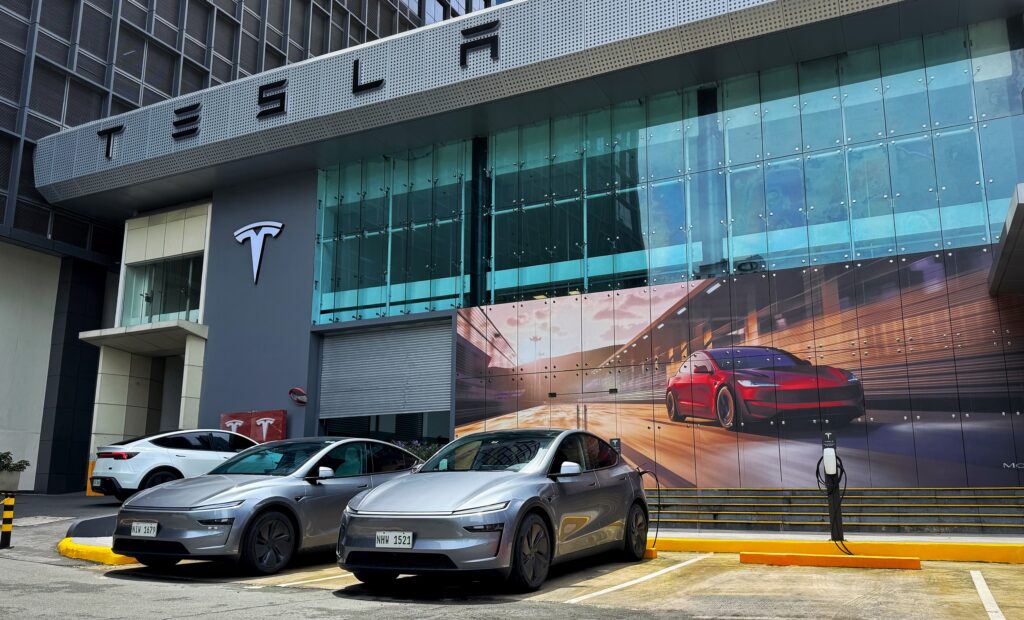
From how it looks, to how it drives, to the entire ecosystem that supports their vehicles, nobody else is doing it like Tesla, and the world has spoken that they believe in the Tesla model of doing business. Cautiously, I have to admit that I am being converted into the Tesla way, as is Aldous. We’re both thinking of replacing one of our cars for a Model Y in our respective family fleets in the near future.
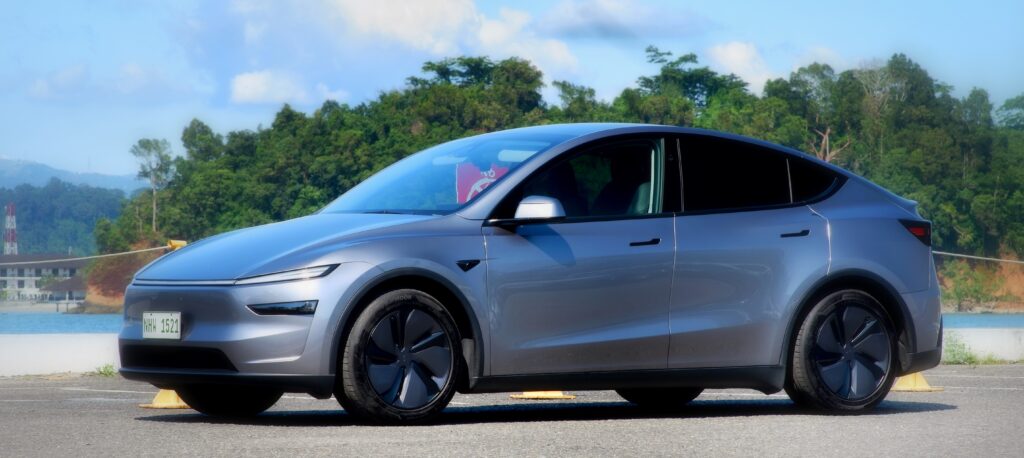
The Tesla Model Y perfect as an everyday car, when you simply want to get things done as quickly and as efficiently as possible, with a minimum of fuss and drama. And do so in comfort and security. There is also something egalitarian about a Tesla, which is sorely missing with many of the world’s legacy brands that have their pedigree and prestige. In a futuristic society governed by true meritocracy in an alternate reality, everyone will drive a Tesla. That it drives surprisingly well is a bonus.
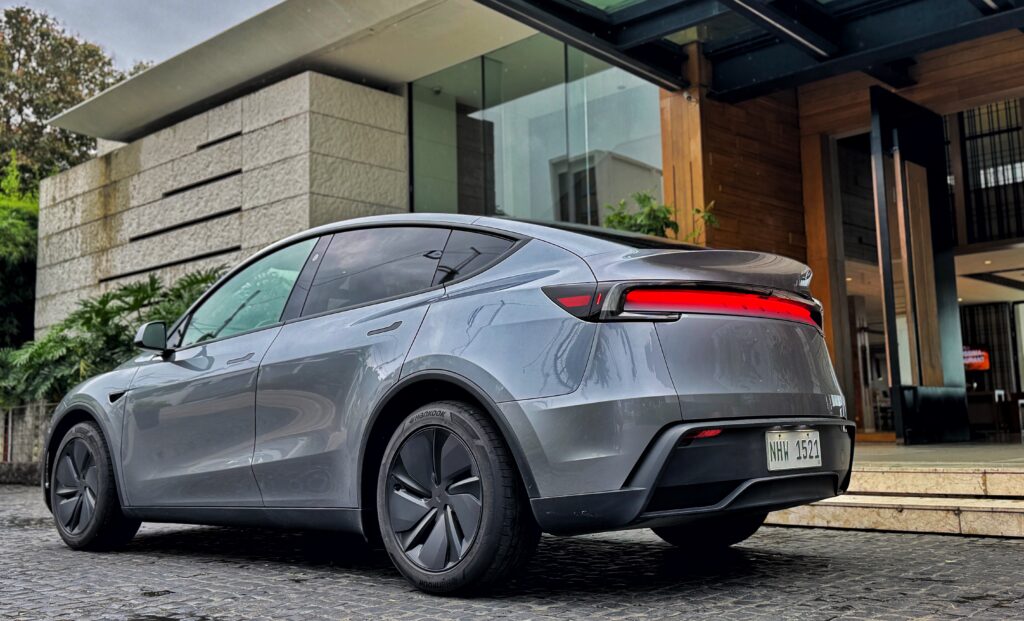
What say you, traditional legacy brands?


